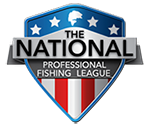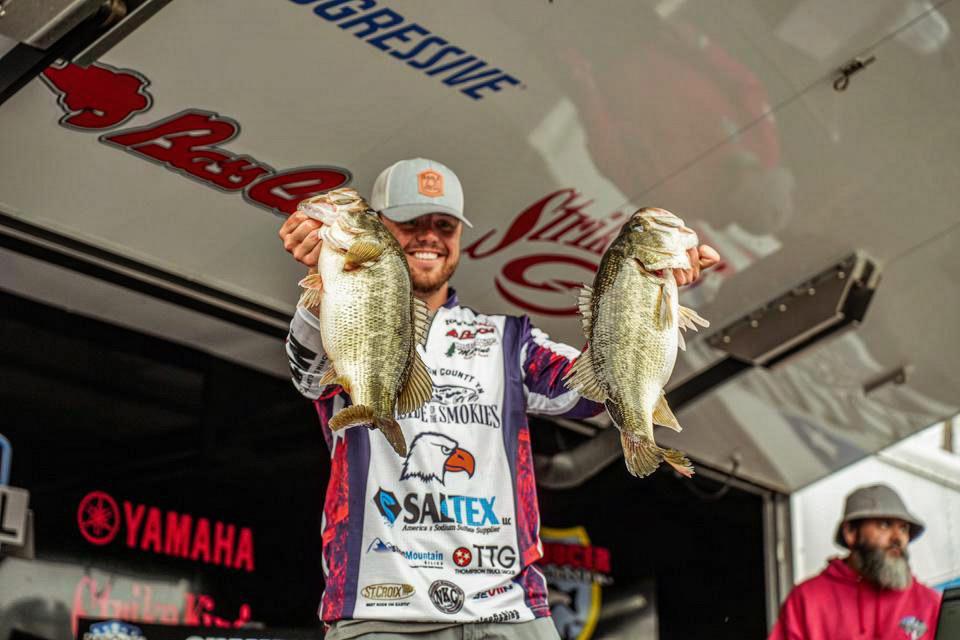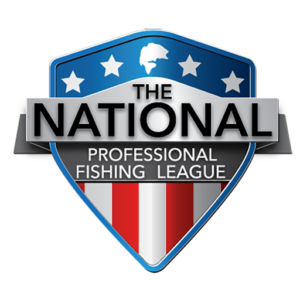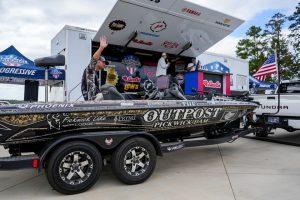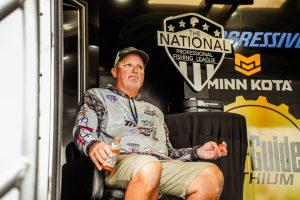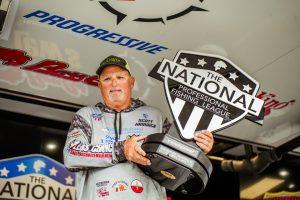Story by Hunter Sales | Photos by Tanner & Travis Lyons
Spring is here and the fish are flooding the banks in many parts of the country. This creates one of the best opportunities of the year for fishermen to target big females and aggressive males. Throughout April and May, throwing a big bait is one of my favorite ways to fish (whether tournaments or just for fun). You can use a big bait to target pre-spawn females that are staging, to locate spawners, or to catch fry guarders.
The type of bait and area that I will fish a big bait depends on the phase that I believe most of the fish are in. We’ll start by discussing pre-spawn fish. When water temps break into the upper 50s, I start throwing a bigger bait a lot. In lakes with gizzard shad, you’ll start to see them pushing shallower to spawn, and this perfectly coincides with females trying to feed up before they spawn.
Staging areas such as channel swing banks, isolated wood cover leading into a spawning flat, and even stumps on points can be great targets. When the water temperature is between 55 and 60, I like a slow, wide-glide bait such as the Storm Arashi Glide. A lot of people are intimidated by a bait of this size, but with the right equipment throwing a 7-inch, 3-ounce bait is no issue. The rod is the most critical part of this setup. I’ve been loving the St. Croix Victory 7-foot-10 Heavy Fast paired with a Seviin GS casting reel (7.3:1 gear ratio) with 20-pound-test Seaguar Tatsu. A faster reel allows you to work the bait with the reel instead of the rod.
As the water warms up past 60 degrees, there will be many fish that will be spawning, and a big bait continues to play a role in my arsenal. The wide-glide and a chop-style glide like the KGB Swimbaits Chad Shad can both be good during this phase, but my goal here is usually not to actually catch the fish. A 6- to 10-inch glide bait is unbeatable when it comes to drawing followers, and this allows me to locate where these deeper spawning bass are positioned. Often, after watching a bass follow my glide off a laydown, I will circle back in five to 10 minutes and pitch a jig or soft plastic at the cover. Usually, you must make five or more casts before you get a bite, which is what makes the glide such a key tool. Fishing every piece of cover for five or more casts isn’t practical, but by utilizing the glide, you can continue covering water while searching for these spawners. It can also be a great way to practice for tournaments, allowing you to mark spawning bass without ever setting the hook.
When the water nears 70—often in Mid-May in the south—most of the bass will be done spawning. Both a glide bait and large soft-body swimbaits still play a role in targeting fry guarders. This can be one of the most fun times of the year to throw a big bait, as the fish are usually very aggressive and pattern-oriented. Floating docks, laydowns, and other pieces of hard cover can hold fry and bass. Usually, the best areas to target fry guarders are very close to spawning flats. It’s not uncommon to fish a row of docks during this phase and catch a fish on nearly every one. Because the fish are so aggressive, I stay away from the wide-glides and focus more on faster, choppy glides and the soft-body swimbaits. This allows you to cover much more water and the fish usually don’t need much convincing.
As you’re gearing up for your next fishing trip, keep these tips in mind, spool up some heavy fluorocarbon, and go sling a big bait around. You’re sure to have some exciting bites and likely your best chance to tangle with a true giant on your lake. It’s a fun way to fish and something that’s different from how many people will approach the spawn. Reach out to me on social media if you have any questions and I’ll do my best to help.
Hunter Sales – Angler Profile
